Creative portrait photography with the Fuji X-H1
I started with the Canon rebel t6i 2 years ago, I’ve realised DSLR is too bulky for my travels, so i made the jump to a mirrorless setup with the Sony A6300. Soon i ended up with a X-T2. I chose the Fuji X System for their image quality, their colours and their lens selection for the APS-C cameras.
Hi Tung! Could you please introduce yourself to the readers?
Hi I’m Tung I am a part time photographer from Toronto Canada, I specialize in creative portrait photography for about 13 months now. Before portraits, I was shooting travel photography, documenting my travels everywhere i go, shooting landscapes and cityscapes.
When did your interest in Photography start and what made you buy your first camera?
About two years ago, my girlfriend and I decided to pack our bags and travel the world for 9 months. During those times we visit Australia, New Zealand, Bali, Thailand, and Vietnam. So i bought a Canon Rebel t6i so i can document along the way and make my friends back home jealous.

What genres of photography did you start doing initially and when you started to specialize in Portrait Photography?
Landscapes during golden hour and cityscapes during the night. Both give different colours and different moods to the scene which is what I enjoyed while I was travelling. I started portrait photography when i stopped travelling and had to return back to Toronto. I realised that the city of Toronto, has nothing alluring to photograph, everything has been shot and overdone. So i asked what can I do to be different? I chose to step into portraits as I thought it was a challenge for me and I never looked back since.

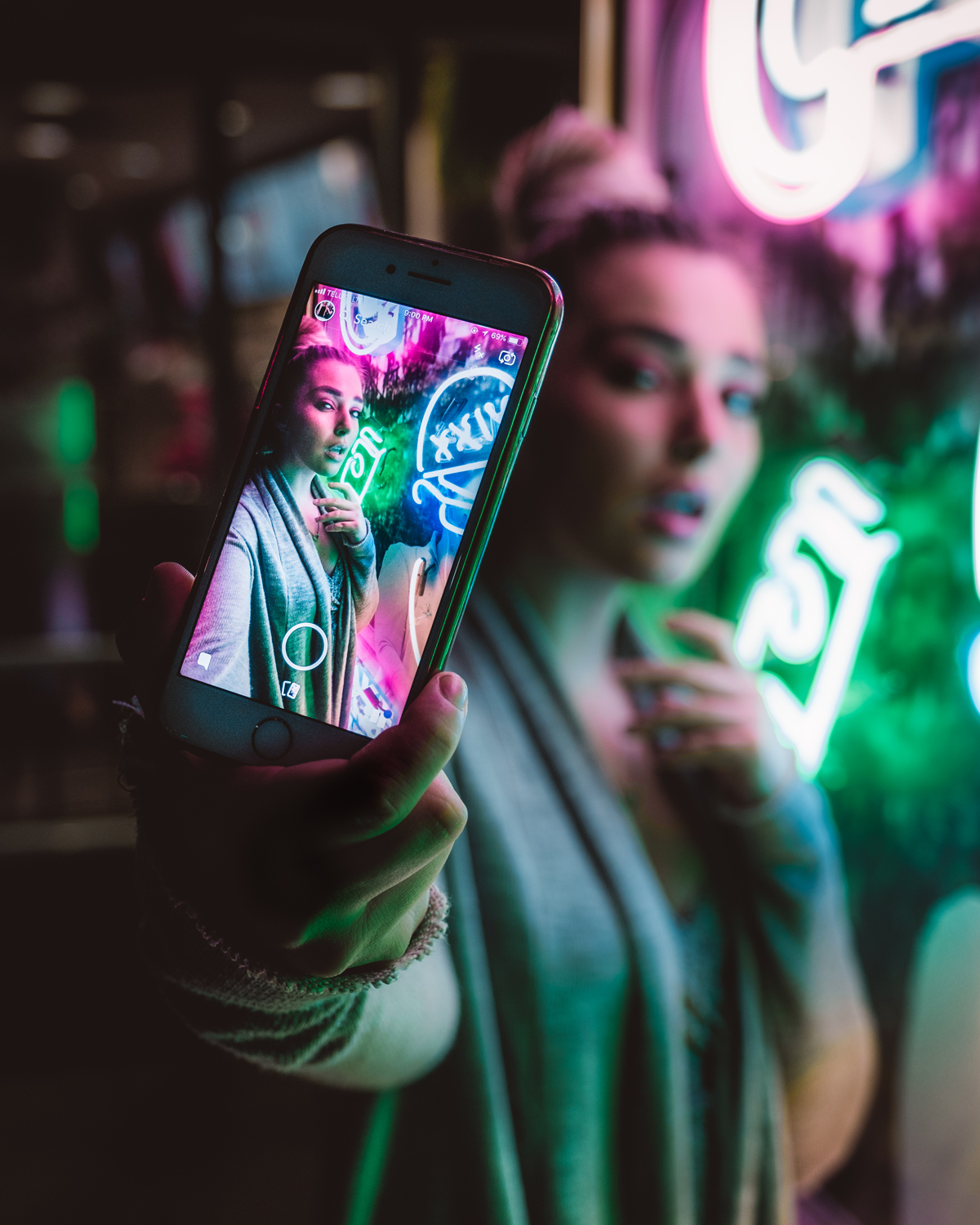
Seeing your portfolio, we noticed that the portraits are being taken closer and closer to the models, more intimate. As time goes by, do you think your style is changing, evolving, perfecting?
Ah yes, I really like intimate moments, it creates an atmosphere where anyone looking at it can connect with the image. An in terms of my style, I would like to think that I am evolving, that I am improving, I don’t want to stay stagnant. As an artist i feel that it’s about growth, I always want to improve. I want to improve on my editing skills in photoshop, I want to improve directing models, and being able to evoke a certain emotion from them and I want to become a better storyteller. For now I would like to think my style is being refined.
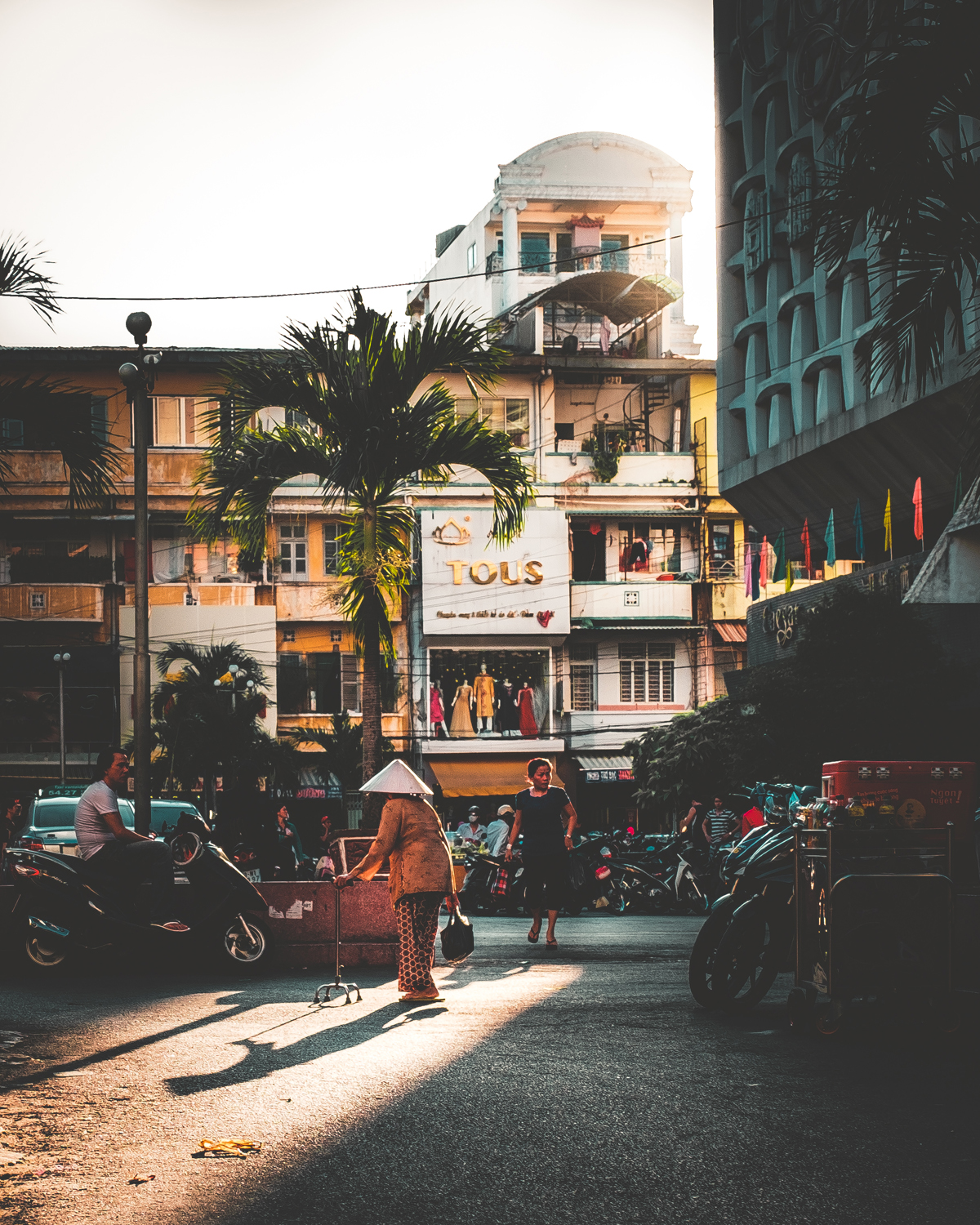
As for lighting, do you prefer to use the available light, or do you also use flash in any particular situation?
Oh man I get this question every time, the way I shoot, I only use available light, and that’s another part of why I enjoy shooting these types of portraits, is because you have to be creative on how you look at light. There is no flash in my setup, maybe in the future when I’m feeling a little fancy.
Available light is not always natural light. You have a fantastic series of portraits in which you mostly use the light of the shop’s windows. What aspects to take into account when using light with such a variable color?
If It can illuminate the model’s face i am all for it. Window lights from shops and boutiques are great as they are “natural” enough for me to fix in post.
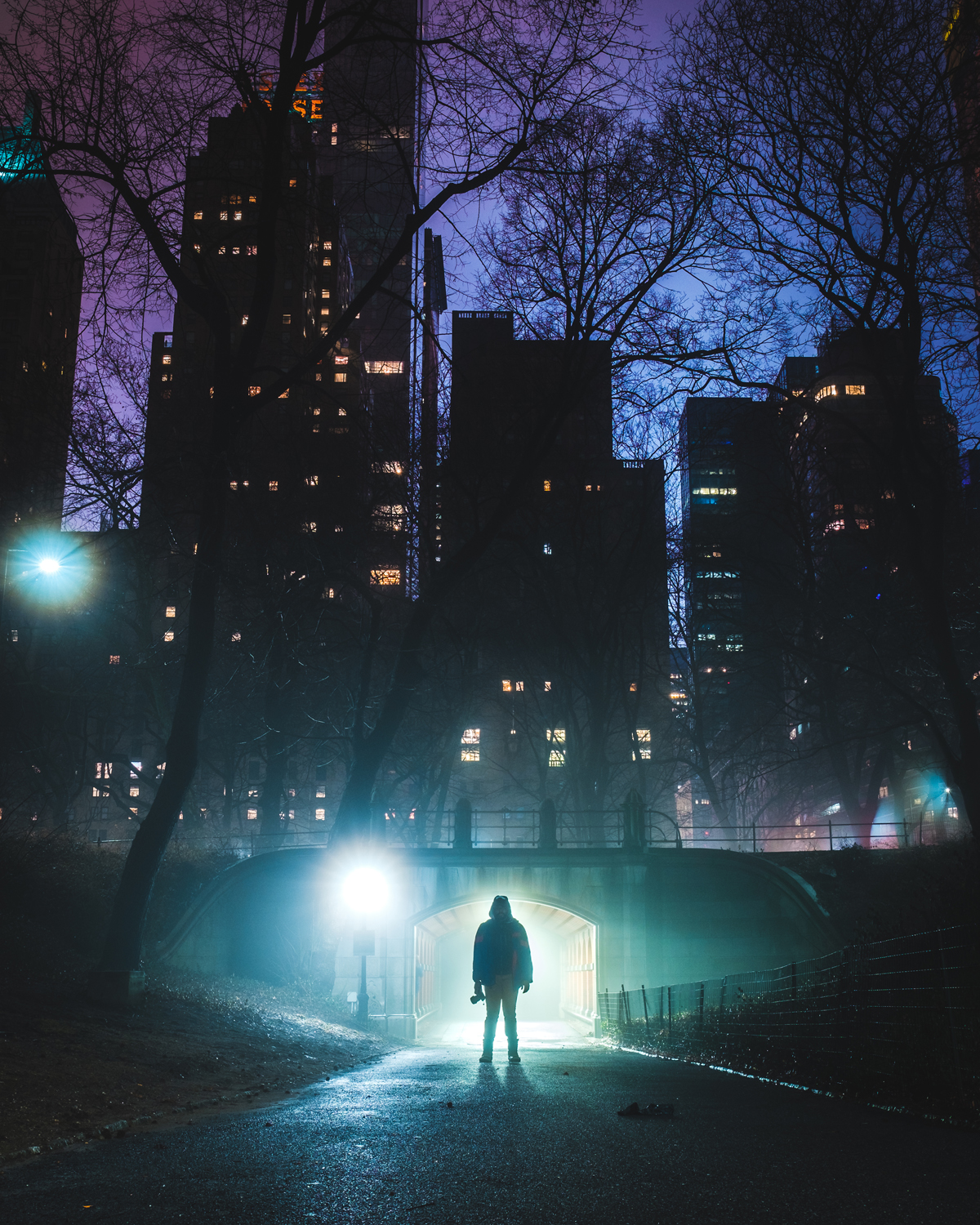
Do you often scout for new locations for your photo shoots or, in each session, do you try to get the best out of the place where you are?
Yes I am always looking for new places to shoot in the city! I always keep my eyes open for different locations when i am driving around the city. But when I want to maximize my shoot, i have a few spots that I like to go back to from time to time.
Which cameras have you used since your first Canon and why did you end up with the Fuji X system?
I started with the Canon rebel t6i 2 years ago, I’ve realised DSLR is too bulky for my travels, so i made the jump to a mirrorless setup with the Sony A6300. Soon i ended up with a X-T2. I chose the Fuji X System for their image quality, their colours and their lens selection for the APS-C cameras. It is cheaper than their full frame counterparts which is why I like it.
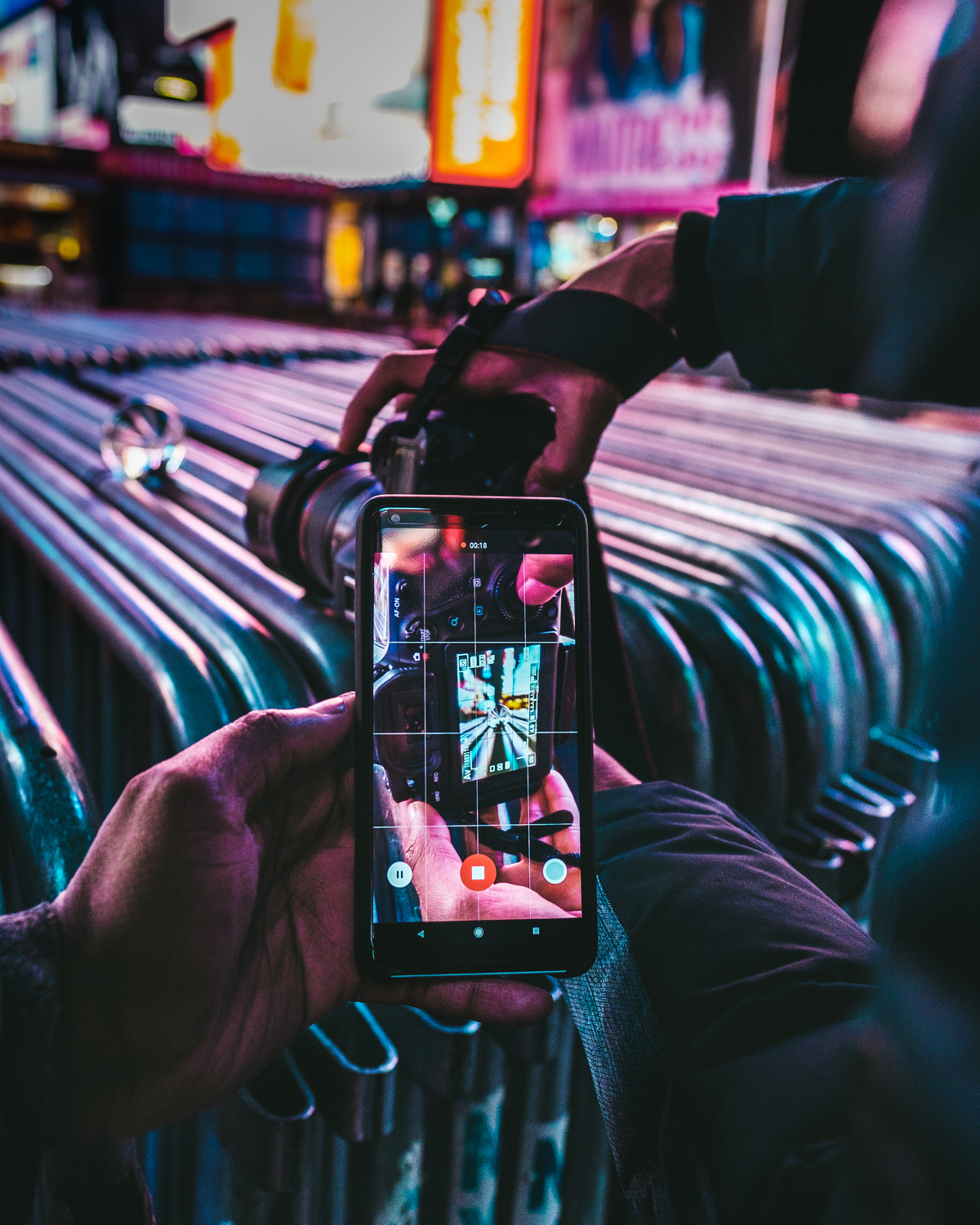

Which camera do you currently use and why?
Currently using the X-H1, because I shoot a lot of low light portraits, the IBIS really helps me so much! Slowing down the shutter speed allows for more light and still have sharp images! I love it!
The versatility of the zoom or the simplicity of prime lenses? What lenses do you have and in which situations do you prefer to zooms or primes?
Call me crazy but I’ve sold off all my prime lenses. I’ve consolidated all of that into two zoom lenses. The 16-55mm f2.8 & the 50-140mm f2.8 are the only lenses I own now. Don’t get me wrong i see the advantages of the prime lenses, but the way I shoot and I do not want to lose momentum because I am switching out a lens for a different focal length. The 16-55mm covers all of that. People are going to say I’m crazy because I am losing extra stops of light but the way Fujifilm raw files are and the way I edit, I’m not too worried about it as I know how far I can push these files in post, and I like to challenge myself (and do extra work in post lol.)


Given the wide range of high quality prime lenses that Fuji has, the 16-55mm f/2.8 is not the most common lenses among users of the X system. What is your opinion about it and, given its price, would you recommend it to someone?
My opinion is i regret selling this lens in the first place, but you don’t know what you’re missing until it’s gone. Now it’s my go-to lens for all types of scenarios. It is a beast, it covers a wide range of focal length so you don’t have to worry. And yes! I would totally recommend this for someone who wants a jack of all trade lens. The 16-55mm f2.8 is a versatile beast.


Some say that editing is an art itself. Do you agree? What is your usual workflow from capture to the final result?
I agree! This is where you can bring your image to life! Editing is where you can put your creative stamp on an image. My workflow for an image is get it looking great with basic adjustments in Adobe Lightroom. I export that photo onto Photoshop, where I begin skin retouching. After that is done, I do one more final curve adjustments with selective colouring to make the image pop and that process usually take anywhere from 10-30 minutes for one photo.
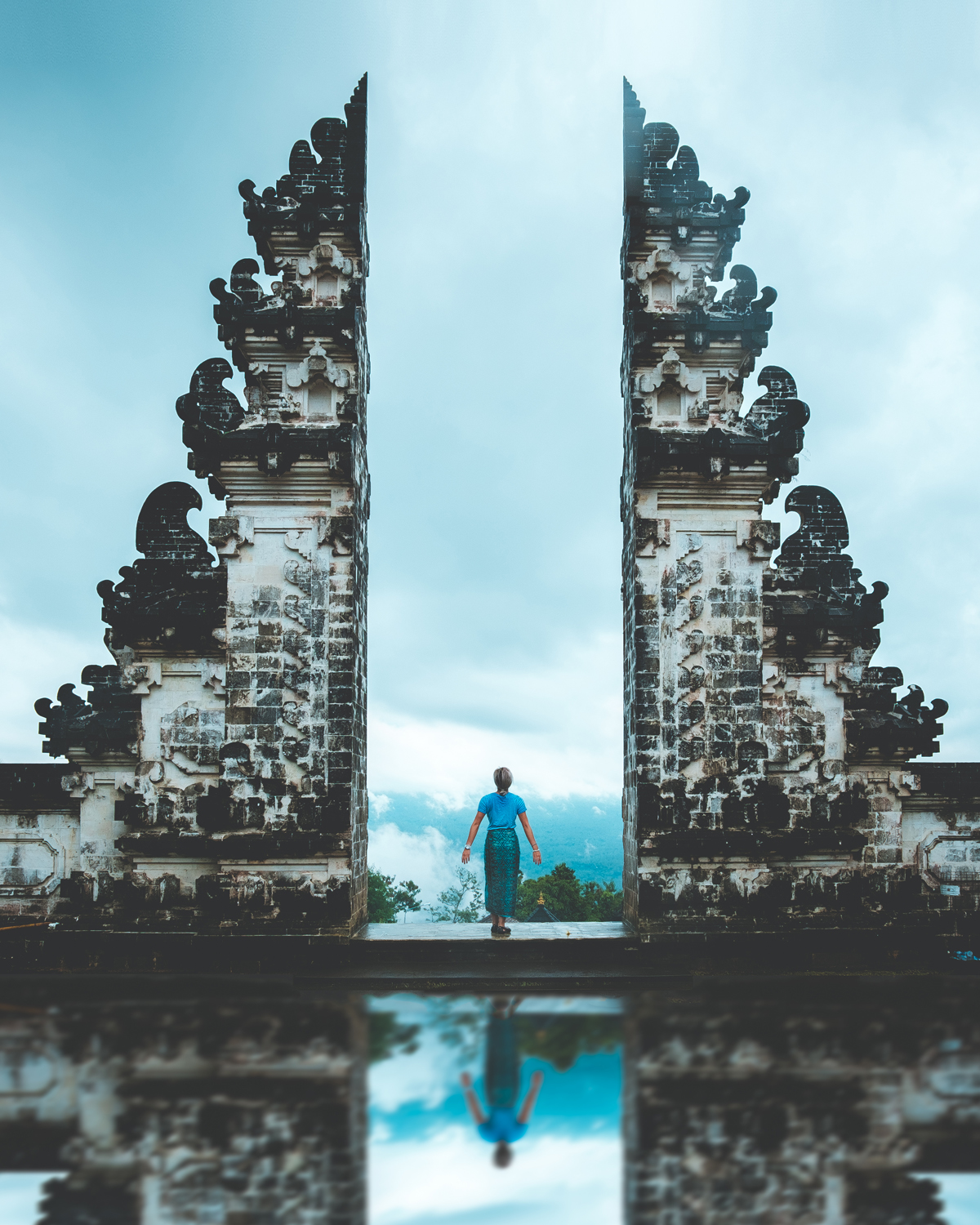
Thanks so much for having me guys. For anyone that wants to connect with me the best way to do so is through instagram.
The most complete and illustrated TRAVEL GUIDE FOR PHOTOGRAPHERS

“I’ve been shooting portraits a little over a year now, trying to capture the emotion and colours of the scene. I specialize in low night portraits, I love finding light off store windows, street lights and neon lights to illuminate my subjects. I am a one man show, I don’t have any flash setups, it’s just me and my Fujifilm X-H1 with the 16-55mm f2.8. I find the most rewarding part is when I can create an amazing image off of using lights I’ve found off a store window and this is also the time where I feel the most creative.”





Matteo Vannini
November 26, 2018 @ 4:47 pm
The most impressive part of your story is that it started just 2 years ago. We can expect great things from you Tung. Keep going!
Mike Schmitt
November 27, 2018 @ 2:20 pm
Really like Tung’s approach to portraiture. Thanks for the insights. I too have been considering selling my primes in favor of the versatility of the 16-55mm zoom, and like the idea of pairing it with the 50-140mm. I like shooting candid portraits and available light is my preference.
runbei
April 11, 2020 @ 2:50 am
Oh my gosh, Tung, I am grateful to have discovered this article. Never mind that I’m thinking about buying the X-H1 for “utility do-everything photography.” I just really love the photos; they seem to have humor and heart and calm concentration all in one, a subtle sense of joy. It was a treat to look at them. I have bookmarked this page and will return for inspiration. Thank you.